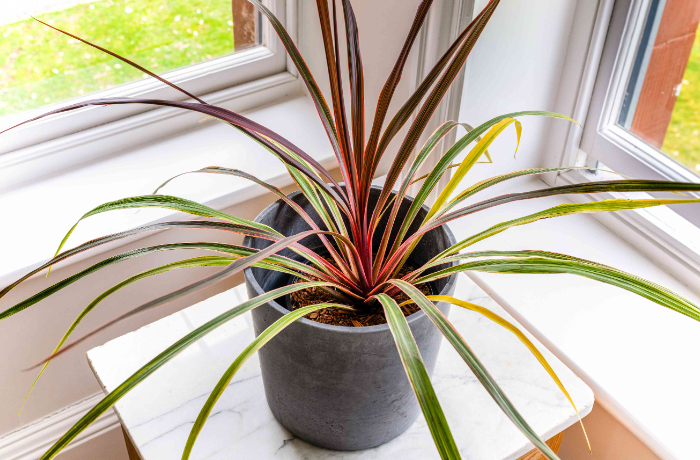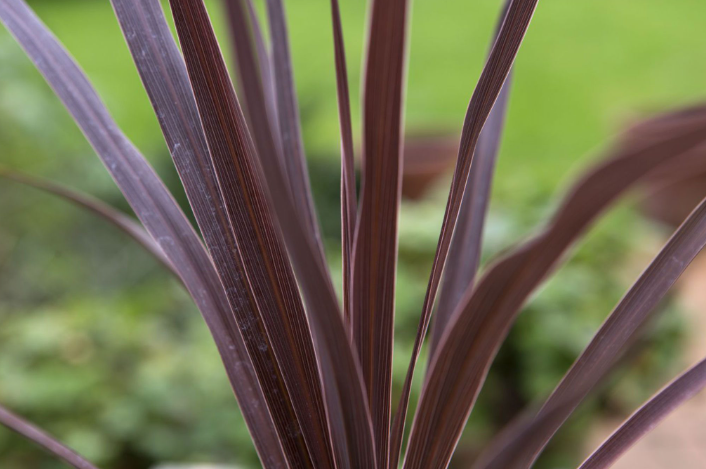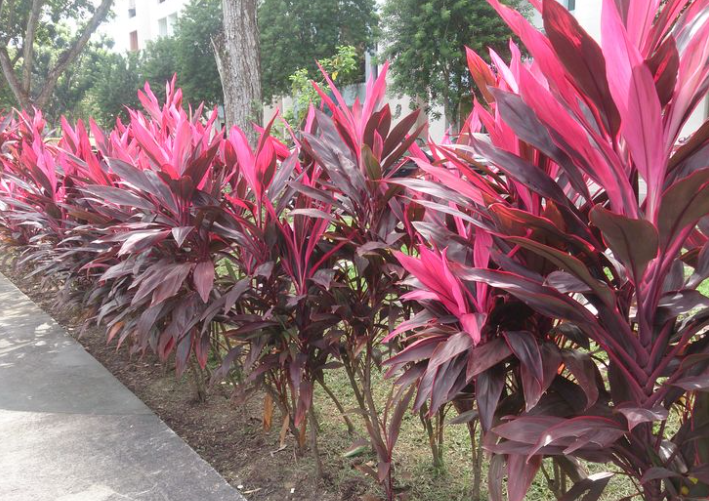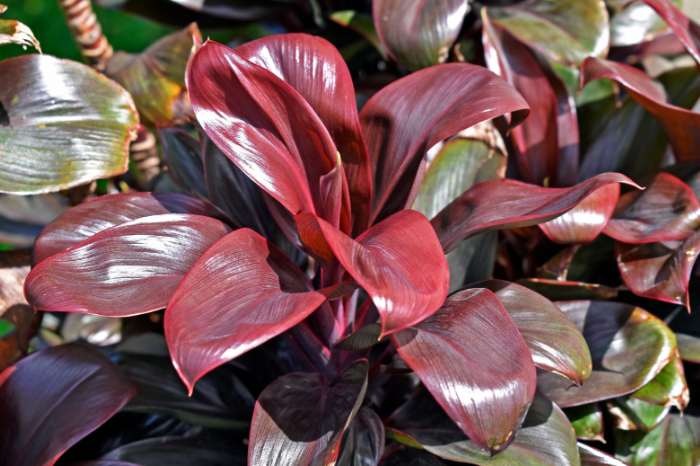The Cordyline, a vibrant and expressive plant, can be a centerpiece in many gardens. But what if it’s wilting and seemingly beyond saving? Fear not! This comprehensive guide is your pathway to reviving your dying Cordyline. We’re here to instill hope and provide you with the practical steps and professional insights required on how to revive a dying cordyline.
Why Is My Cordyline Dying? Understanding the Signs
1. Identify the Problem:
- Yellowing Leaves: Often a sign of overwatering or lack of nutrients.
- Brown Tips: Indicates lack of humidity or too much direct sunlight.
- Soft Stems: A sign of rot from overwatering.
2. Diagnose the Disease:
Understanding the symptoms helps you pinpoint the exact problem. If unsure, consult with a local nursery or plant specialist.
Can a Wilting Cordyline Be Saved? Rejuvenating a Struggling Cordyline

1. Proper Watering Technique: How Often Should I Water a Dying Cordyline?
Water only when the soil is dry to the touch. Overwatering can lead to root rot, while underwatering causes wilting.
2. Sunlight Requirements: How Much Sunlight Does a Dying Cordyline Need?
Cordylines prefer indirect light. Avoid placing them in direct sunlight, which can scorch the leaves.
3. Pruning the Damaged Parts: How to Prune a Dying Cordyline for Revival?
Trim any dead or diseased parts with clean, sharp scissors to prevent further decay.
4. Fertilizing: What Are the Best Fertilizers for Reviving Cordyline Plants?
Use a balanced liquid fertilizer once a month to support healthy growth.
5. Repotting:
If root rot is the problem, repot the plant in fresh soil with proper drainage.
Troubleshooting a Dying Cordyline: Common Cordyline Plant Problems and Solutions

1. Insect Infestations:
Monitor for pests and apply insecticidal soap if needed.
2. Environmental Stress:
Adjust the temperature, humidity, and light according to the Cordyline’s needs.
3. Preventing Future Issues: Cordyline Plant Maintenance
Regularly inspect your Cordyline and adapt your care routine as needed.
A Deeper Dive into Cordyline Care Tips: Reviving and Maintaining Vibrant Health

1. Soil Selection: Choosing the Right Soil for Cordyline Plants
Selecting a well-draining soil that retains some moisture is crucial. A mix of potting soil with perlite or sand can create an ideal environment.
2. Humidity: Finding the Balance
Cordylines thrive in moderate humidity. Use a room humidifier or a tray with water and pebbles to maintain optimal humidity levels.
3. Regular Inspection: Detecting Problems Early
Frequent inspections help in early detection of diseases and pest infestations. Acting quickly can make reviving your plant much more manageable.
Advanced Techniques: Rejuvenating a Struggling Cordyline

1. Root Pruning: How to Encourage Healthy Growth
If the roots are infected or crowded, careful pruning can stimulate new, healthy growth.
2. Layering: A Method to Propagate and Revive
Layering is a propagation technique where you wound a stem and encourage it to root while still attached to the parent plant. It can also be used to rejuvenate a struggling Cordyline.
3. Staking: Supporting a Weak Plant
Using stakes can provide support to a weak or leaning Cordyline, helping it grow upright and strong.
Understanding Cordyline Plant Diseases: Symptoms and Solutions
1. Root Rot: Recognize and Treat
Soft, mushy roots are a sign of rot. Remove affected parts and repot in fresh, well-draining soil.
2. Leaf Spot Diseases: Identify and Combat
Fungal infections can cause spots on the leaves. Utilize fungicides and improve air circulation to combat this issue.
3. Virus Diseases: Hard to Treat but Manageable
Some viral diseases have no cure but can be managed by removing affected parts and avoiding stress on the plant.
Seasonal Care: Adapting Your Routine Throughout the Year
1. Winter Care: Protecting Cordyline in Cold Weather
Winter requires less watering and more attention to temperature and light.
2. Summer Care: Ensuring Vibrancy During Warm Months
Summer may require more frequent watering and protection from scorching sunlight.
Frequently Asked Questions on How to Revive a Dying Cordyline
Q: How to Choose the Right Pot for a Cordyline Plant?
A: Choose a pot with good drainage and size suitable for the plant’s growth.
Q: Can a Cordyline Survive Indoors?
A: Absolutely! With proper care, Cordylines can thrive indoors.
Q: What If My Cordyline Keeps Dying Despite Following All Tips?
A: Consulting a local nursery or a plant expert might uncover underlying issues that are not easily detectable.
Q: What Are the Signs of a Dying Cordyline Plant?
A: Yellowing leaves, brown tips, and soft stems are common signs.
Q: How to Diagnose Diseases in Cordyline Plants?
A: Diagnosis can be tricky. Consult a local nursery or use online resources from reputable gardening sites.
Q: Can I Save a Cordyline with Yellowing Leaves?
A: Yes! With proper care, yellowing leaves can be reversed.
Also Read: Do Puma Shoes Run Small?
Conclusion: Saving a Dying Outdoor Plant Made Easy
Reviving your Cordyline is not just possible; it’s a thrilling journey towards greener success. With this guide’s support about “How to Revive a Dying Cordyline”, you now have the right tools, knowledge, and inspiration to rejuvenate your plant and restore its beauty.
Remember, patience and attentiveness are key. Monitor your plant’s progress and adjust your care routine accordingly. Your Cordyline is worth saving, and the joy of witnessing its revival is unparalleled.
For more Cordyline care tips, feel free to contact our team of experts or explore our other guides. Happy gardening!

